World Fine Art Professionals and their Key-Pieces, 26 – Marion Bloem
World Fine Art Professionals and their Key-Pieces, 26 – Marion Bloem
In September last year, she had a well attended exhibition in the Amsterdam Outsider Art Gallery. Bert Schoonhoven, chief of the gallery and het husband Ivan Wolffers held nice speeches.
While BluesMotel played beautiful songs, I saw Marion’s work. Many paintings in all sizes, from small to large and sculptures, often consisting out of simple materials.
The fact that Bloem’s work was hanging in the Outsider Art Gallery was for a reason. Ruud Lapré, professor at the Erasmus University, who wrote many artbooks and who is a member of the advisory board of Dutch Outsider Art, wrote about Bloem’s work: ‘When we immerse ourselves in Marion Bloem’s oeuvre as far as visual arts is concerned, there should be no misunderstanding about one conclusion: her work radiates the substance of Outsider Art.’
Primary emotion
‘It’s personal, flowing from a primary emotion and doesn’t care much for the teachings of official Art schools. Her visual work unquestionably deserves the barcode of art. It challenges you to look carefully and to reflect on its intentions. Furthermore, the more you see it, the more your attention grows. You discover more and more.’
Later on this year, from February 6 till March 15, Bloem had a major exhibition at Art’Otel In Amsterdam. Mayor Eberhard van der Laan opened with a nice and personal speech the exhibition ánd the book ‘Het Java van Bloem’. For this occasion I interviewed her about her painting and, because most of us know her as a writer, the relationship of the painting to the literary work.
Own style
‘I paint since 1986. Before that I only made drawings in black and white. The reason that I picked up painting, was my sister Joyce. I was down because I had received a rejection of a film project. My sister, who taught at the Art Academy, said to me: ‘Get a good period of painting’. She gave me painter stuff. I started with watercolor on backs of paper that a girlfriend had thrown away because she considered her paintings not good enough. Or I cut the little white pieces where there was no paint and painted them with watercolor. I didn’t think about what I did, but friends and family recognized themselves in the result. It was mostly small works, sometimes a few pieces of paper stuck together or criss-cross over each other.
The result I poked on the wall. The walls were soon full. It was getting too much. People who were have a meeting with Ivan (Ivan Wolffers, her husband), sometimes wanted to buy something. My sister said: ‘You should first exhibit, before you sell.’ She took my drawings in a folder and went with it to the gallery of Elisabeth den Bieman de Haas on the Amsterdam Spiegelstraat, who was immediately enthousiastic. I got my first exposition at her place in 1987.’
Jan Montyn
‘Jan Montyn, the painter, draftsman, printmaker and poet saw my work hanging in the gallery. He asked Elisabeth den Bieman de Haas to contact me because he wanted to teach me his secret etching techniques. I had never seen an etching in my life, but I am eager to learn, so immediately I said ‘yes’. Montyn’s way of etching was quite different from the etching that my sister had learned at the academy. Next to that he teached me how to make etching ink and he gave me his pigments. He liked my brutal handling with his technique, and he himself became inspired by me. We also made etchings together. A few times we exhibited together in galleries and the yearly graphics exhibitions.
Working in his way you are a bit frivolous with all kinds of toxic materials. I noticed this when I got to know other graphic artists who worked clean and with whom I could press etches in their studio. When I started to get skin problems I started to etch less and in a safer way. Eventually I stopped completely.
In 1987 started painting with oil paint. I always like a challenge. 18 years ago I changed to acrylic because my canvases were being shipped to Bangladesh and had to be absolutely dry. The drying process is slow with oil paint. Since that time I work with acrylic because it is cleaner than oil. In addition I make collages. I stick a lot on the canvas. I also make objects. Usually these are materials that I found or objects that mean a lot to me that I turn into works of art. I am a recyclist as it were.’
‘I’have tried landscapes, but that doesn’t excite me. What really interests me is people. My work is about the invisible lines between people, what’s happening in and between them. What people cherish. The motives for their actions, where they do not speak about. Maybe I look at other people like no one does. In a restaurant I can get obsessed with the tension between two people, which forces me to keep on observing and seeing what is going on in their relationship, how they relate to each other. Later I can talk about that and then I can’t say anymore how they looked like. If I try there is a big chance that my description does not match the reality.’
Red
‘Whether I’m using the color red a lot? I use red, but also many other colors, blue and yellow. I mix my own red, I know the nuances between twenty species of red. It is a challenge to ensure that the red gets bright and hot and doesn’t become like dead. I have had a blue period, but I was hardly aware of it. Afterwards I see it. All the time I do search for the new red, to warm myself. It is difficult to make a predominant red painting with sufficient depth.You easier get depth with blue (or green or white). With red you have to be careful to keep the tension in the work.’
But if it works, if both content and technique are right, it is a top performance. For me it’s very difficult to say goodbye to such a red painting.
My painting is a way of survival. We all have a role in life. I like it when I hear that my work offers consolation. I cannot paint on commission. When I enter my studio I need to cut all the voices around me. I can take no one inside. Actually I only paint to find solace in my work. If I find something in my work that I was looking for, I feel 1000 times better than when I started.
Writing
‘Sometimes when blocked writing a novel, I end up in my studio. Writing for me is not the way to express myself. Writing is work, is my profession. Initially writing was my first thing. But around 1991 gradually there came a change. A number of practical issues has strengthened this process. The basis is my diary in which I wrote and painted ( with watercolor and ink).
While painting, I sometimes also get blocked. The cause is almost always from outside. Something terrible happened or there is something that prevents me entering my studio. Then it can take month – even ten years – before a painting is finished. When I am blocked, I paint for month only on paper. Sometimes a work is ready after a day. I also make small pieces, painting layer upon layer, working very controlled until it is finished. A ‘flow’ is not always necessary. I start and if I persevere the flow comes naturally. Ultimately painting is, like writing, doing a job.
After 9/11 it was difficult to write in my diary in the airplane because it was forbidden to take liquids in. I also travel less. The texts in the diaries, which is the basis of everything, became also shorter and shorter. At one time there was a separation between painting and writing. Of writing I have to live. It’s harder for me, it’s a monastic existence. Painting allows more social contact.’
Overpainted
‘Sometimes I earn more with painting than writing. It is difficult nowadays for writers because of the development in bookstores and publishinghouses and the dependence of reviews. But anyway: I protect the painting, it should be no livelihood, it must remain my safe form of expression.
I’ve destroyed a lot of work since Ivan got prostate cancer in 2002. Among the were very strong works. I have just overpainted it. Sometimes there were too many emotions in the work, sometimes the canvas stood in the way. Today Ivan sees my mood arriving and he ensures that the work is protected against my destructive impulses.
http://www.overdekunst.nl/international-window/marion-bloem-92.html
http://ifthenisnow.nl/nl/verhalen/world-fine-art-professionals-and-their-key-pieces-26-marion-bloem
Disclaimer: The views, opinions and positions expressed within this guest article are those of the author Walter van Teeffelen alone and do not represent those of the Marbella Marbella website. The accuracy, completeness and validity of any statements made within this article are not guaranteed. We accept no liability for any errors, omissions or representations. The copyright of this content belongs to Walter van Teeffelen and any liability with regards to infringement of intellectual property rights remains with the author.

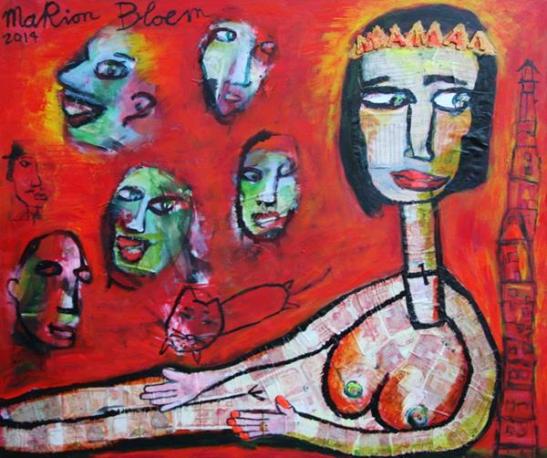

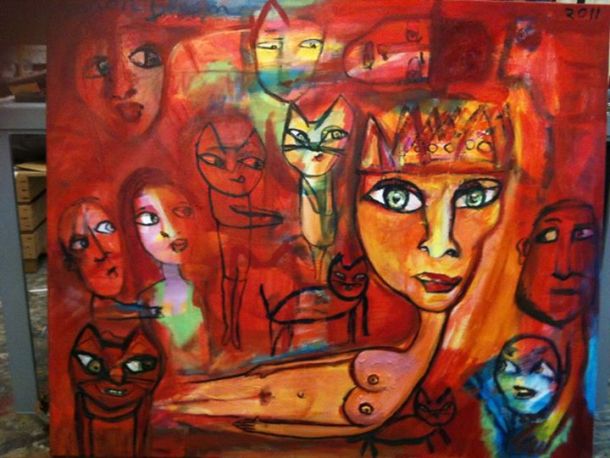
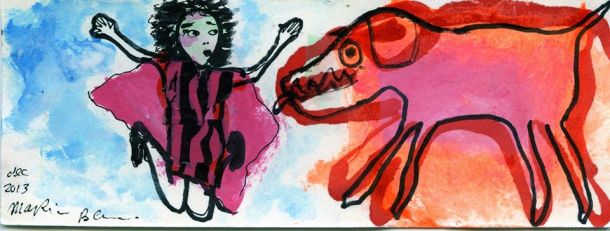
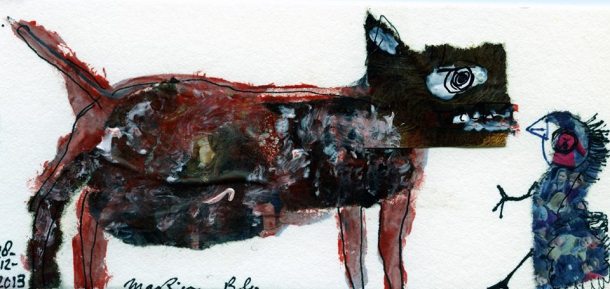
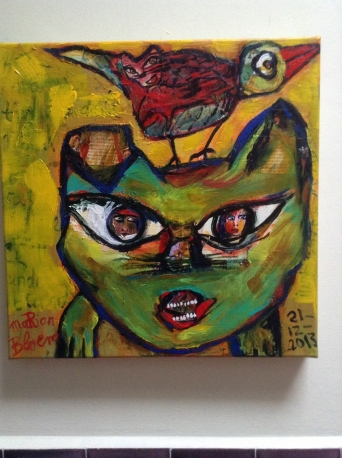
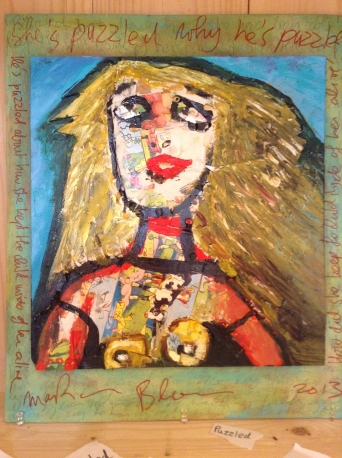
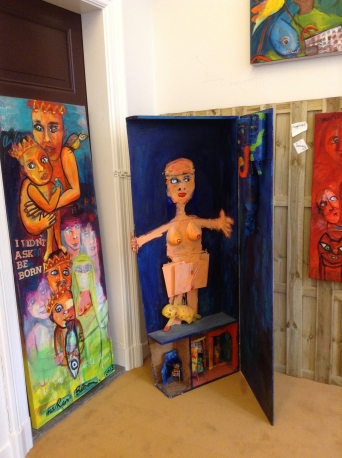
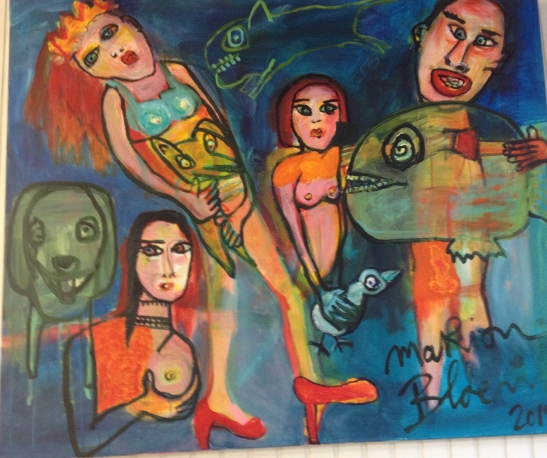















The opinions expressed by individual commentators and contributors do not necessarily constitute this website's position on the particular topic.